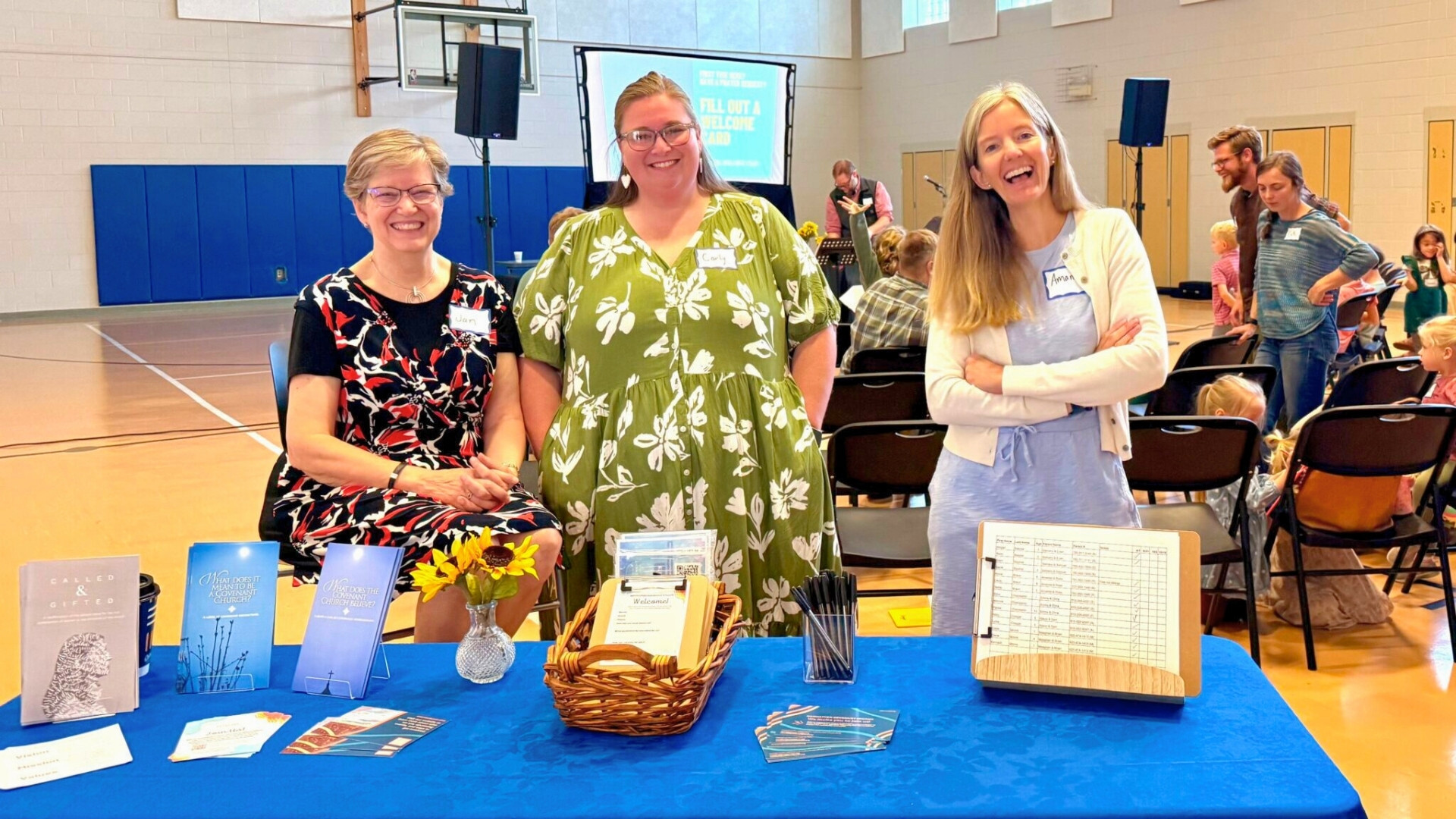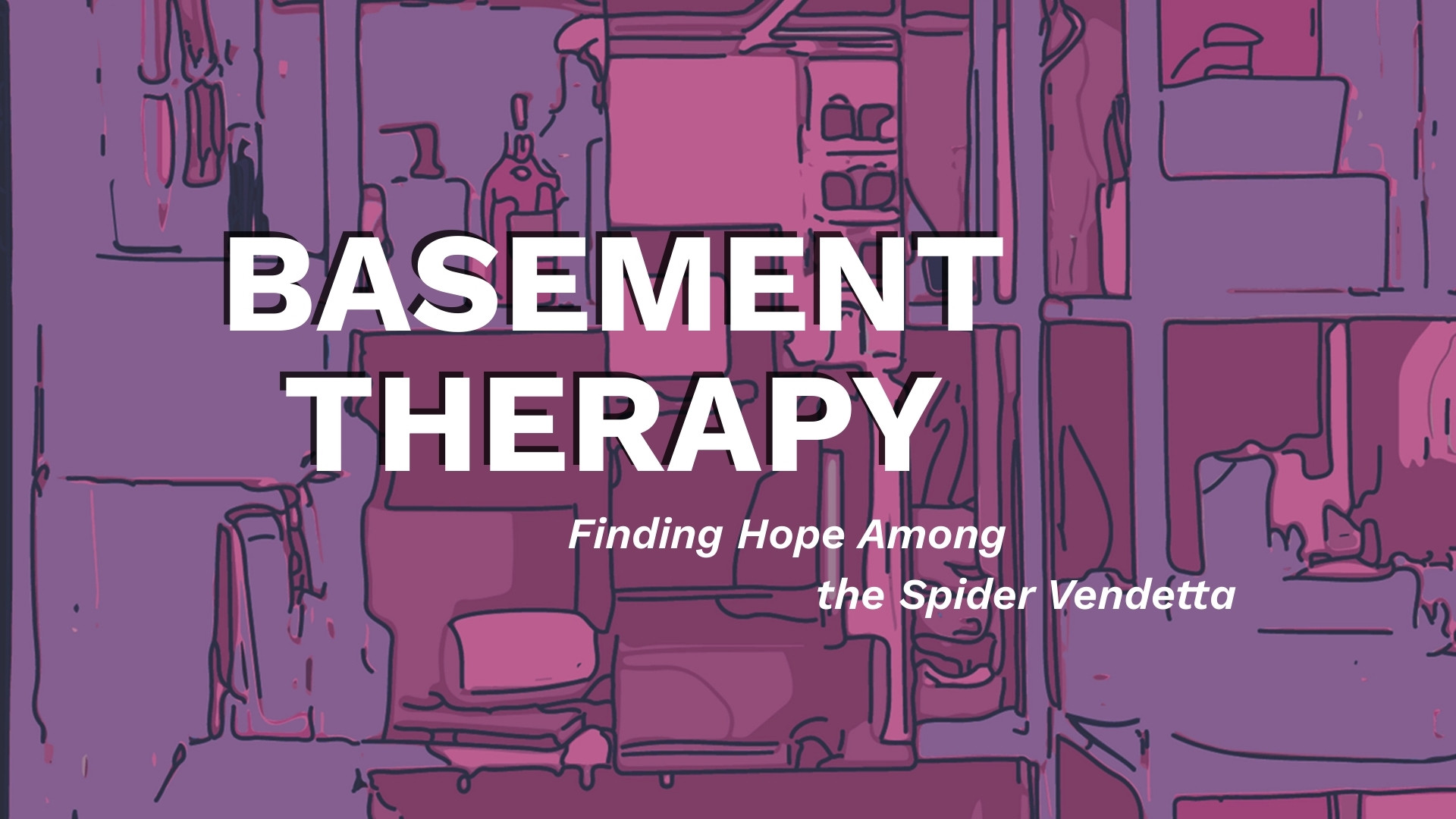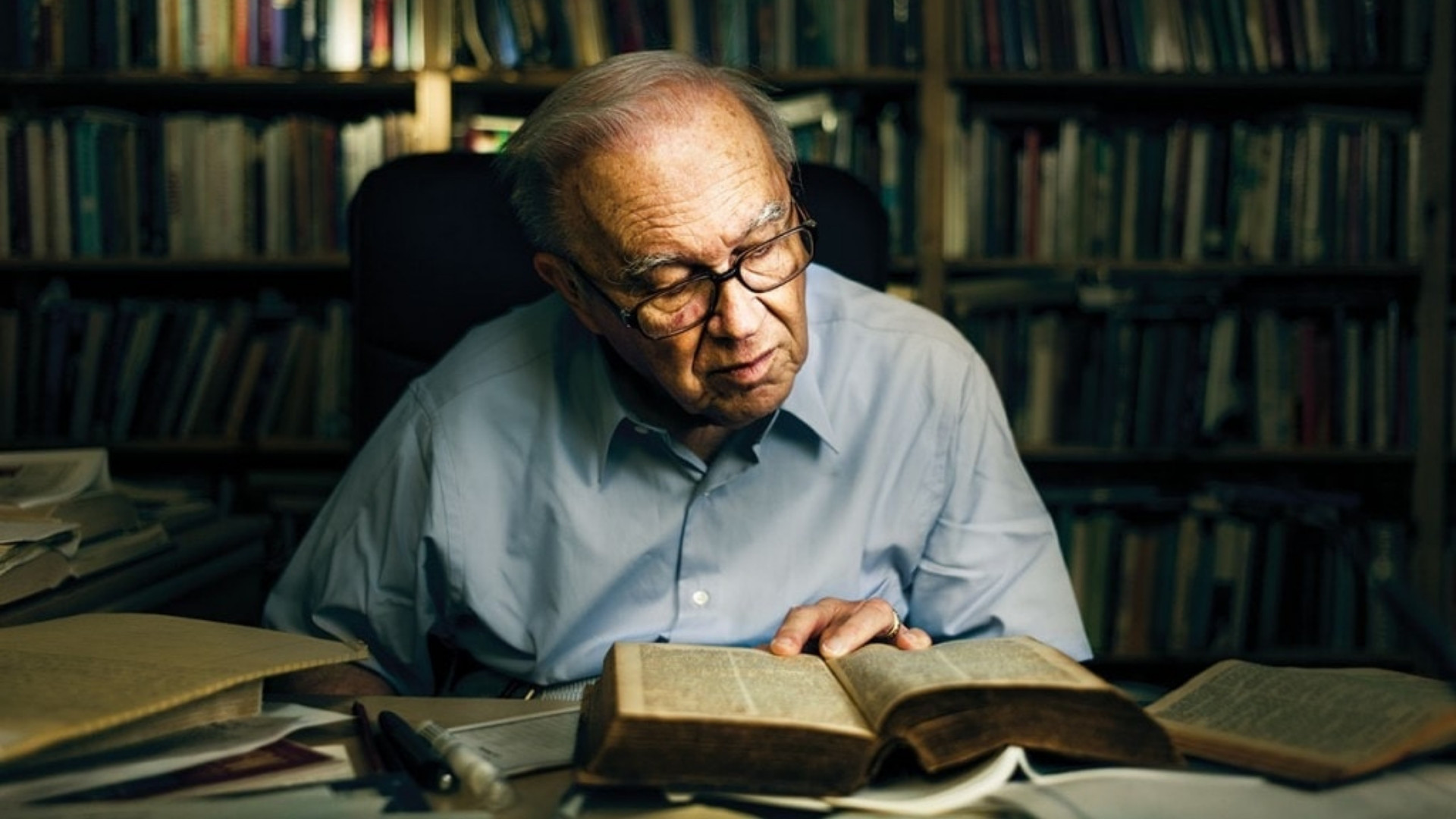[vc_row][vc_column][vc_column_text]
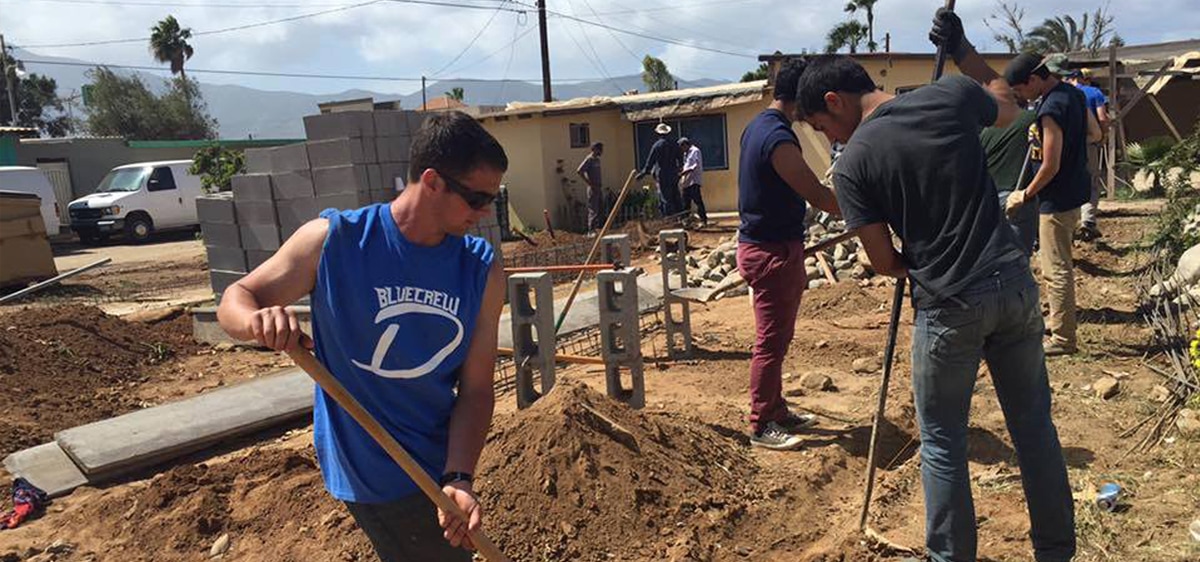
[/vc_column_text][/vc_column][/vc_row][vc_row el_class=”hero-header-text”][vc_column][vc_column_text]
Tripping on Mission Trips
What’s the Point?
Dale Lusk is the executive director of Merge, a Serve Globally ministry that coordinates short-term mission trips in partnership with evangelical organizations throughout the world. We asked him how mission trips are being reimagined.
By Stan Friedman | January 2, 2017
[/vc_column_text][/vc_column][/vc_row][vc_row][vc_column][vc_column_text]
In recent years we have heard critiques about short-term mission trips. Should churches still go on mission trips?
Often a church will say to us, “We’d like to have a mission experience.” That language can sound self-centered. When a trip is based on what you’re going to get out of it, you can actually do damage to the place where you are going.
A lot of churches view it as a rite of passage for the youth group to go on a mission trip. That approach puts the focus on the kids, not the people they’re serving.
We are looking for youth pastors who say, “My kids are growing in Christ. We serve in the church, and we serve in our community. I want our students to have the opportunity to serve in an international setting, or a multiethnic setting, or a suburban-urban setting.”
Then it’s not about the kids. It’s about them responding to what God has done in their lives and giving them an opportunity to serve in a different situation, in a different type of atmosphere.

So what details are important to consider as we plan short-term missions trips?
It really does matter where you stay when you go on a mission trip. It does matter how you organize the trip. If you stay in someone’s house, that changes the whole dynamic, and your relationships develop far more significantly than if you stay in a hotel. It is much better if you are with the people twenty-four hours a day and living life with them. It also means connecting with people. Are you eating your meals with just your team, or are you eating with everyone together? When you go to a worship service, do you go as a big clump or do you sit among the people of the church?
Many churches choose to return to the same place every year because they want to build relationships in the community. Is that helpful?
It’s a great intention. I hear churches say they want to commit to one specific location or one community long-term. Unfortunately, to Americans “long-term” usually means three or four or five years. In reality, a long-term investment requires twenty or thirty years. Very few American or Canadian churches have the wherewithal to follow through for that long.
Our culture changes rapidly. But in some places around the world change happens much more slowly. That means it can take years and years and years to make any kind of inroad or impact on a community. You have to go back and go back and keep that connection going.
The other problem is a church may say, “We’ve been going there for five years.” But the reality is, as retired Covenant missionary David Mark says, you haven’t been going there for five years. You’ve been going there for five weeks. They’ve seen you for five one-week periods. How much can really happen in five weeks? So even if you go for thirty years, if you go one week every year, that’s still only thirty weeks.
Of course, really good things can come from these trips if people use them as a catalyst for good in the future—and not at the expense of the local population. Good things happen when you continue to invest in the cause when you return and use that newfound understanding of the world to help improve it.
How can churches build those rich, two-way relationships in communities where they are engaged in missions?
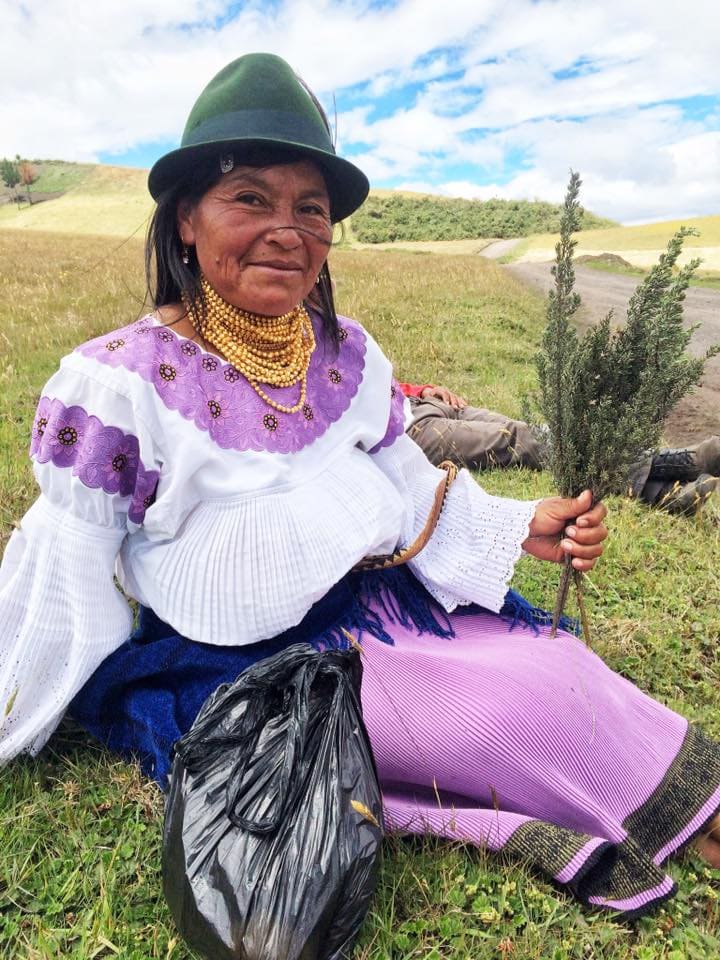
We have to go with an open heart and ask the Lord, “What can I learn from the people I’m with and how can I take that back home?”
For example, a lot of churches outside of North America have to live day by day on faith. They pray, and they have to believe God answers those prayers. Here it can be tempting to pray, then come up with our own economic solution or plan to solve the problem. If you’re in India, often all you have is prayer and faith. That can be theologically eye-opening for a lot of people in North America.
I also think we can learn from the different worship styles or different ways of doing outreach that we encounter in other cultures.
And when we go, we bring our own gifts to share as well. I tell groups that one of the things they bring is creativity. In a lot of places in the world, church is being done just as it has been done for many years. It’s difficult to be inventive in such contexts. Many pastors in other countries have told me that they are eager to incorporate some aspects of how Americans and Canadians do things.
Tags: Reimagine Serve Globally
[/vc_column_text][/vc_column][/vc_row]




